5 Essential Steps for a Spring Revival
Your lawn has been your garden's hardest worker this summer. Through scorching July days and unpredictable August showers, it's provided a lush green carpet for family barbecues, children's games, and quiet evening moments. Now, as autumn's crisp air signals the end of growing season, it's time to return the favour and prepare your grass for its well-deserved winter rest.
Proper winter lawn prep isn't just about tidying up before the cold months arrive. The care you provide now directly determines how quickly and vibrantly your lawn will bounce back when spring sunshine returns. A lawn that's properly prepared for winter will emerge stronger, greener, and more resilient than one that's been left to fend for itself.
The tasks ahead might seem daunting, but each step serves a specific purpose in protecting your grass through winter's challenges. From that final, perfectly-timed mow to strategic autumn feeding, these essential autumn lawn care practices will set the foundation for next year's garden success.
The Final Mow: Setting Your Grass Up for Success
That last mow of the season carries more weight than any summer trim. Getting it right can mean the difference between a lawn that emerges triumphant in spring and one that struggles with disease and bare patches.
Timing Your Last Cut
October typically marks the sweet spot for your final mow, but let the grass—not the calendar—be your guide. Keep mowing as long as your lawn continues growing, which usually slows dramatically as temperatures drop below 10°C consistently.
Watch the weather forecast carefully. You'll want at least a few dry days after mowing to allow cut grass to heal properly before winter sets in. Wet conditions immediately following your final cut can leave grass vulnerable to fungal infections that lurk in damp autumn weather.
Getting the Height Just Right
Your mower's cutting height becomes crucial for this final trim. Aim for 2-3 inches—tall enough to protect grass crowns from frost damage, yet short enough to prevent snow mould and other fungal diseases that thrive under lengthy grass blades.
Resist the urge to scalp your lawn thinking it'll save work next spring. Grass cut too short loses its natural insulation and becomes susceptible to winter kill. Those extra inches of blade length act like tiny green blankets, protecting the growing points that will spring back to life when temperatures rise.
The optimal height also prevents matting under snow or wet leaves, which can suffocate grass and create perfect conditions for disease development.
Mower Maintenance Tips
Before storing your mower for winter, give it the care it deserves after months of faithful service. Clean grass clippings from the deck, sharpen or replace the blade, and check that all moving parts are properly lubricated.
A sharp blade makes cleaner cuts that heal faster, while a dull blade tears grass and creates entry points for disease. Store your mower in a dry location, and consider running it dry of fuel to prevent carburetor problems next spring.
Leaf Management: From Garden Debris to Garden Gold
Autumn's golden carpet looks beautiful, but left unmanaged, falling leaves can become your lawn's worst enemy. A thick blanket of leaves blocks sunlight and traps moisture, creating perfect conditions for grass to weaken and diseases to flourish.
The Great Autumn Rake-Up
Light leaf coverage—where you can still see grass blades beneath—can often stay put and naturally decompose over winter. However, thick layers need removing to prevent suffocation of your grass.
Time your raking strategically. Wait for a dry, still day when leaves aren't wet and heavy from morning dew or recent rain. Rake in the same direction as your most recent mow to avoid disturbing grass that's preparing for dormancy.
Focus on getting leaves off the lawn itself, but don't feel pressured to achieve bare-ground perfection. A few scattered leaves won't harm healthy grass and can actually provide some natural protection.
Don't Bin It—Transform It!
Those bags of leaves represent gardening gold waiting to happen. Creating leaf mould compost is surprisingly simple and provides excellent soil improvement for next year's garden projects.
Collect leaves in a wire cage or simple bin, dampening dry leaves slightly and leaving the pile to decompose naturally. Oak, beech, and maple leaves break down beautifully into rich, crumbly compost that rivals expensive soil conditioners.
For immediate use, whole leaves make excellent mulch around shrubs and in flower borders. They insulate plant roots, suppress weeds, and gradually improve soil structure as they decompose. Cherry, birch, and ash leaves work particularly well as they break down quickly without creating dense mats.
Mulching vs. Raking: When Each Method Works
Some modern mowers can chop leaves finely enough to leave them on the lawn as natural mulch. This works brilliantly when leaf coverage is light—perhaps one leaf deep at most.
Run your mower over the leaves on a dry day, chopping them into small pieces that can filter down between grass blades. These fragments will decompose over winter, adding organic matter to your soil.
However, if you can't see grass beneath the leaf layer, or if leaves are thick and waxy like those from magnolia or rhododendron, raking remains your best option.
Aeration: Giving Your Lawn Room to Breathe
Compacted soil is grass's silent enemy, preventing water, air, and nutrients from reaching hungry root systems. Autumn aeration addresses this problem when grass can still recover before winter dormancy.
Identifying Compacted Soil
Perform a simple screwdriver test to check soil compaction. Push a long screwdriver into your lawn in several spots. If it meets significant resistance or won't penetrate easily, your soil needs help.
Pay special attention to high-traffic areas—paths between garden beds, spaces around swings or seating areas, and routes from house to shed. These zones typically suffer the most compaction and benefit greatly from targeted aeration.
Water pooling on the surface after rain is another clear sign that compacted soil is preventing proper drainage.
DIY Aeration Techniques
A garden fork provides an excellent tool for small-scale lawn aeration. Push the fork 4-6 inches into the ground and gently rock it back and forth to create air spaces without lifting large chunks of turf.
Work systematically across your lawn, spacing holes about 4 inches apart. Focus extra attention on those problem areas you identified during your compaction assessment.
Choose a day when soil is moist but not waterlogged—typically a day or two after good rain. Soil that's too dry resists penetration, while soggy conditions can actually worsen compaction.
For larger lawns or severely compacted soil, consider hiring professionals with specialized equipment. The investment often pays dividends in dramatically improved lawn health.
The Drainage and Oxygen Benefits
Proper aeration transforms your lawn's foundation by allowing water to penetrate deeply instead of running off the surface. This improved water infiltration means less waste during dry spells and reduced standing water during wet periods.
Oxygen reaching grass roots supports healthier root development throughout winter months. Even dormant grass benefits from adequate air circulation, which helps prevent anaerobic conditions that favour harmful bacteria and fungi.
The holes created during aeration also provide pathways for beneficial microorganisms that contribute to healthy soil biology.
Autumn Lawn Feed: Winter Nutrition Done Right
Autumn fertilising might seem counterintuitive when grass growth is slowing, but strategic feeding now provides exactly what your lawn needs for winter survival and spring recovery.
Understanding Autumn Fertiliser
Autumn lawn feeds differ dramatically from summer varieties in their nutrient balance. While summer fertilisers emphasize nitrogen for lush green growth, autumn formulations focus on potassium and phosphorus to strengthen grass against winter stresses.
Look for fertilisers with low nitrogen content—typically the first number in the NPK ratio should be 5 or lower. Higher potassium levels (the third number) help grass tolerate freezing temperatures and resist disease, while phosphorus supports robust root development.
This nutrient combination encourages grass to store energy in its root system rather than producing soft, cold-sensitive top growth that won't survive winter conditions.
Application Timing and Technique
Apply autumn fertiliser between late September and early November, while grass is still actively growing enough to absorb nutrients. Avoid feeding during hot spells or drought conditions when grass is stressed.
Choose an overcast day with rain forecast within 24-48 hours to help wash nutrients into the soil. If rain doesn't materialize, water thoroughly after application to prevent fertiliser from sitting on leaf surfaces where it can cause burning.
For even distribution, use a spreader and apply half the recommended rate in one direction, then the remaining half at right angles to your first pass. This crosshatch pattern ensures uniform coverage without missed spots or dangerous over-concentration.
Slow-Release Benefits
Quality autumn fertilisers use slow-release formulations that provide steady nutrition over several months rather than a quick burst followed by depletion. This sustained feeding supports strong root development throughout autumn and into early winter.
The gradual nutrient release also means grass enters spring with reserves already in place, enabling quicker green-up and more vigorous growth when growing conditions improve. This early advantage helps grass compete more effectively against weeds that might otherwise colonize weak spots.
Additional Winter Prep Tasks
Beyond the major autumn lawn care tasks, several smaller jobs contribute significantly to winter lawn health and next year's success.
Dealing with Moss and Weeds
Autumn provides an excellent opportunity to address moss problems that plague many UK lawns. Apply iron-based moss treatments when conditions are moist but not waterlogged, typically on overcast days when temperatures remain above 5°C.
Hand-pull persistent weeds like dandelions and plantain while soil is still workable. Their tap roots come out more easily in moist autumn soil than during summer's hard, dry conditions.
For extensive weed problems, consider applying appropriate treatments now to prevent problems from expanding over winter. Many weeds continue growing slowly during mild winter periods, so early intervention pays dividends.
Protecting High-Traffic Areas
Create temporary pathways across your lawn using stepping stones or wooden planks during winter months when grass is most vulnerable to damage. Frozen grass blades shatter easily under foot traffic, creating permanent brown patches that require repair work in spring.
Avoid walking on frosted lawns entirely when possible. Those seemingly harmless morning walks to the bird feeder can leave lasting footprint patterns that won't disappear until new growth covers the damage.
Consider installing more permanent pathway solutions if certain routes see heavy winter use—perhaps stepping stones leading to frequently used garden buildings or curved paths that naturally direct foot traffic away from prime lawn areas.
Your Spring Lawn Success Starts Now
These autumn preparations might seem like extra work when you'd rather be inside with a warm cup of tea, but each task serves a vital purpose in protecting your lawn investment. The final mow sets the stage for healthy dormancy, while leaf management prevents suffocation and disease. Aeration addresses hidden soil problems, and autumn feeding provides exactly the nutrition your grass needs for winter survival.
Small efforts now multiply into significant spring advantages. A lawn that's properly prepared for winter will green up faster, grow more vigorously, and resist weeds and diseases more effectively than one that's been neglected.
Your grass has worked hard all summer to provide beauty and function in your garden. Now it's time to return that dedication with thoughtful winter preparation. Start your winter lawn prep checklist today, and look forward to the satisfying sight of healthy, vibrant grass emerging from winter's embrace when spring returns to your garden.
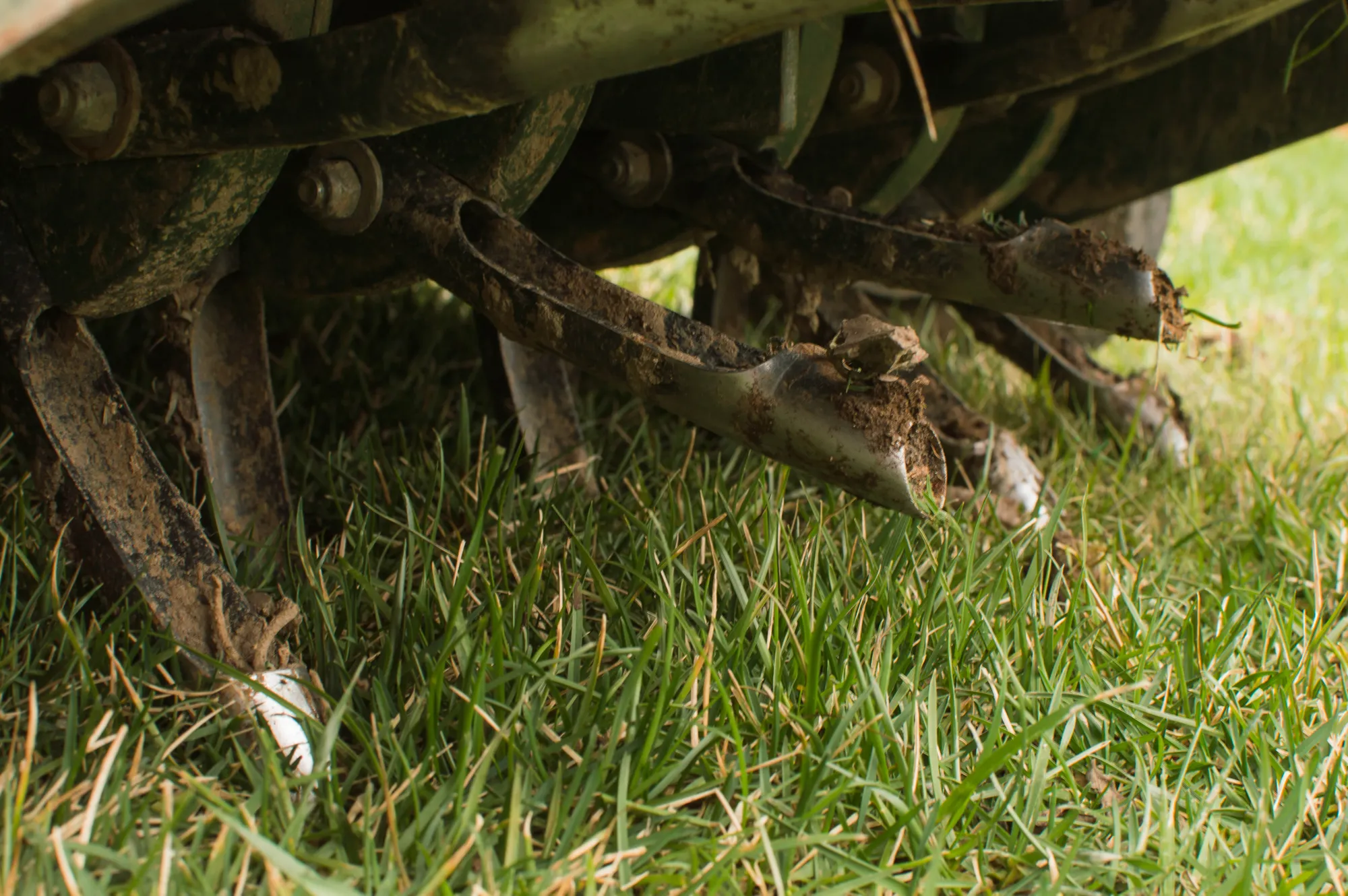
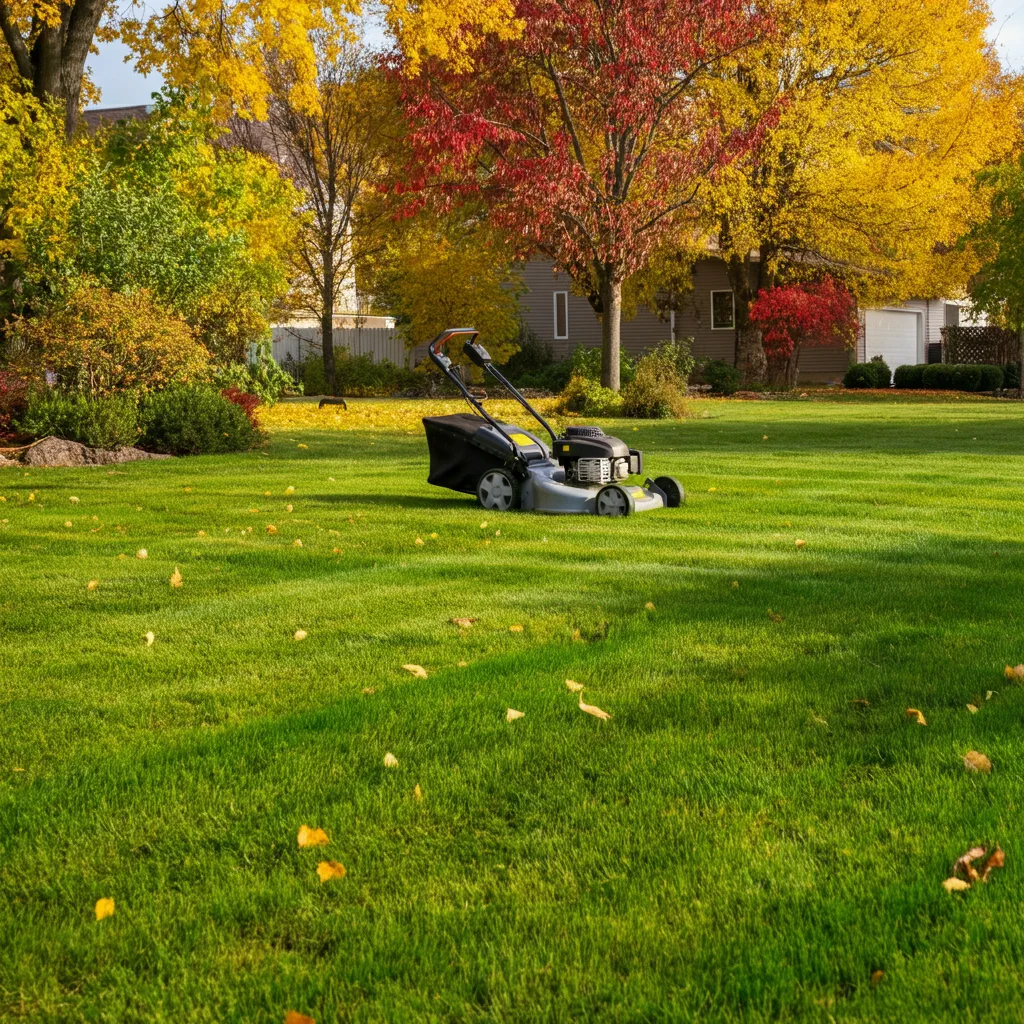

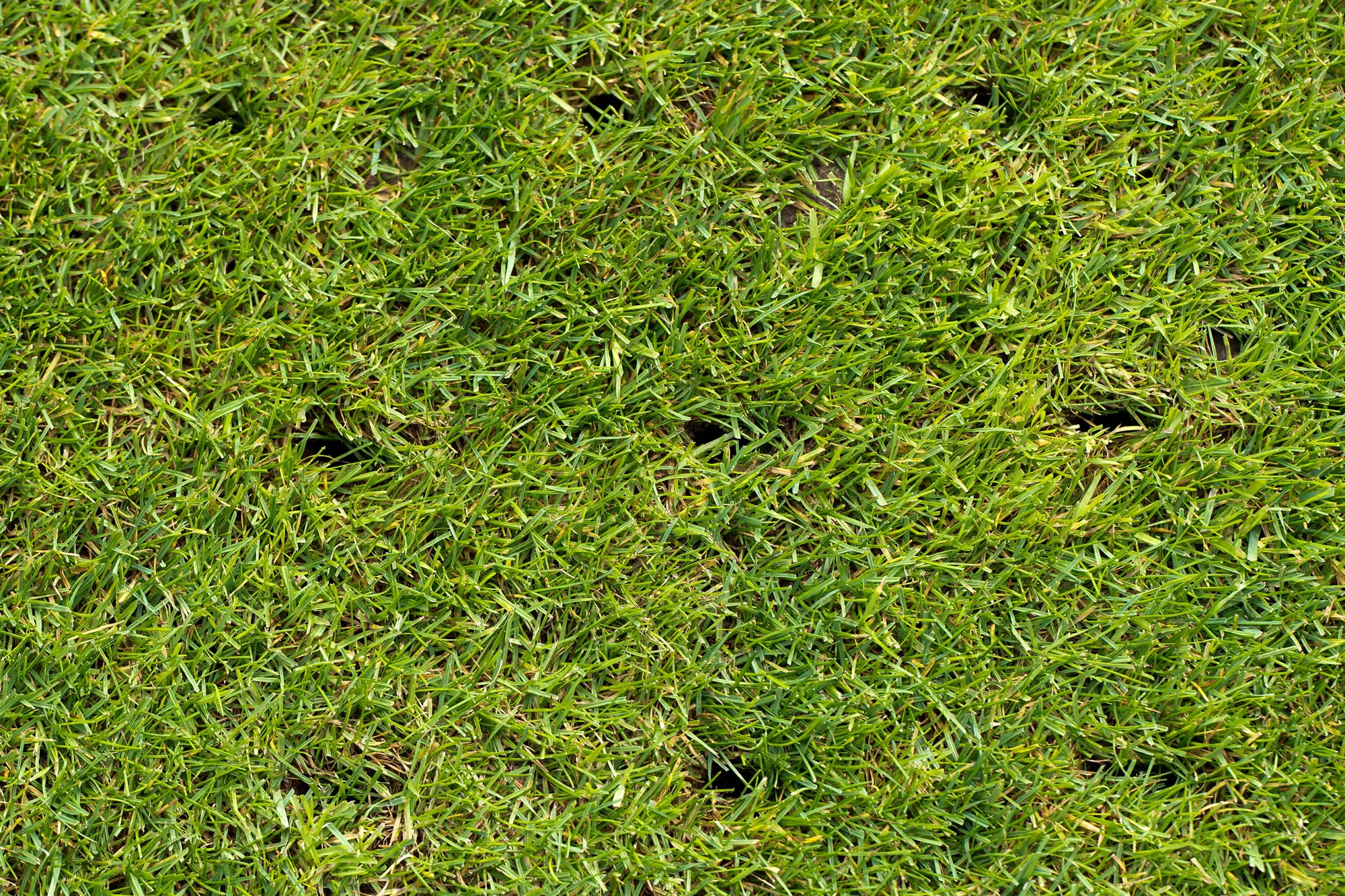
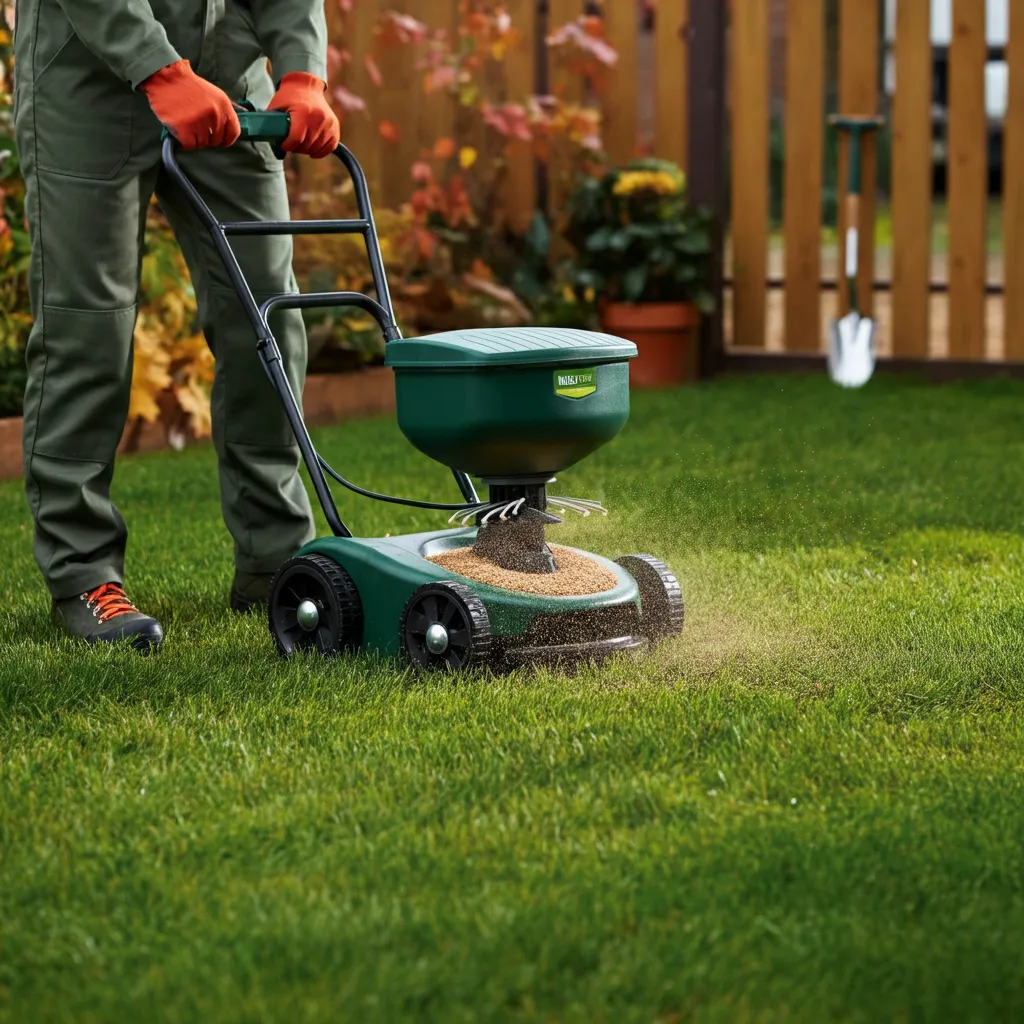
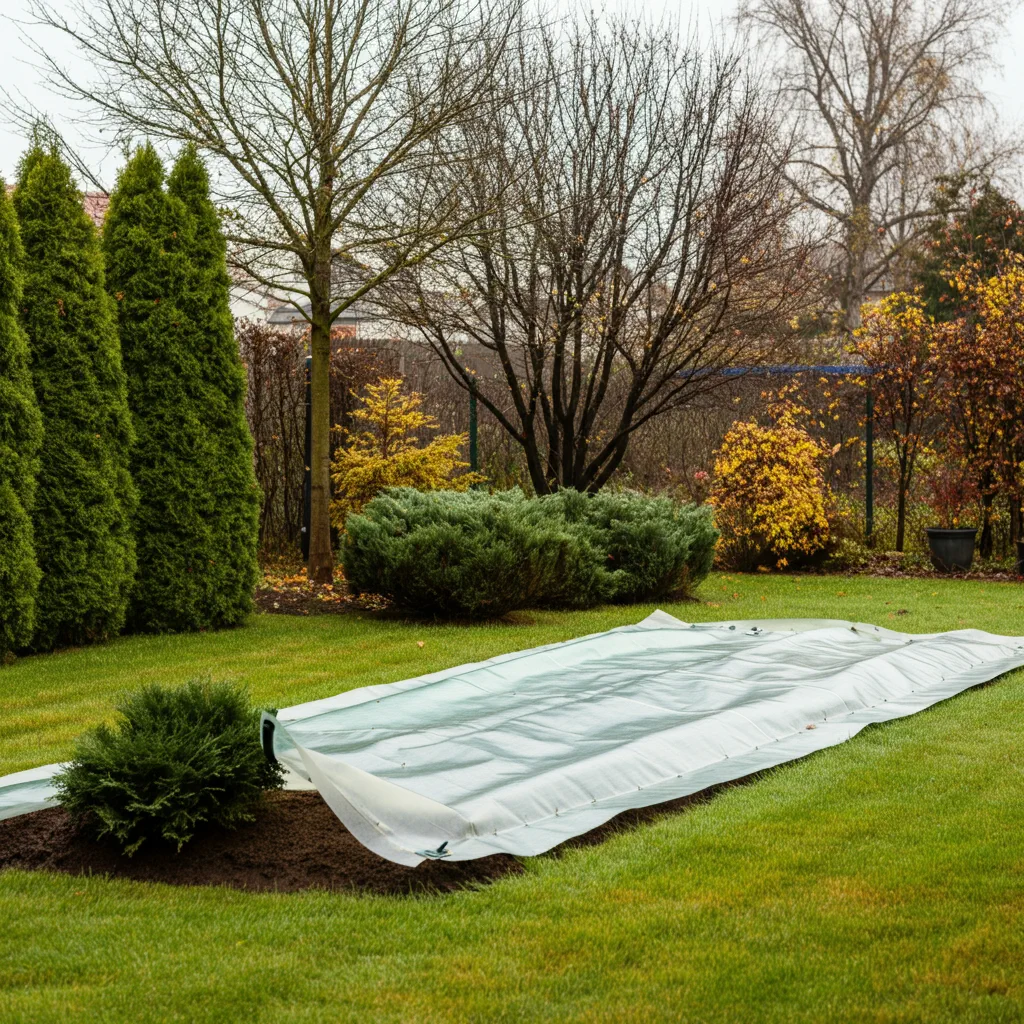











Community Feedback